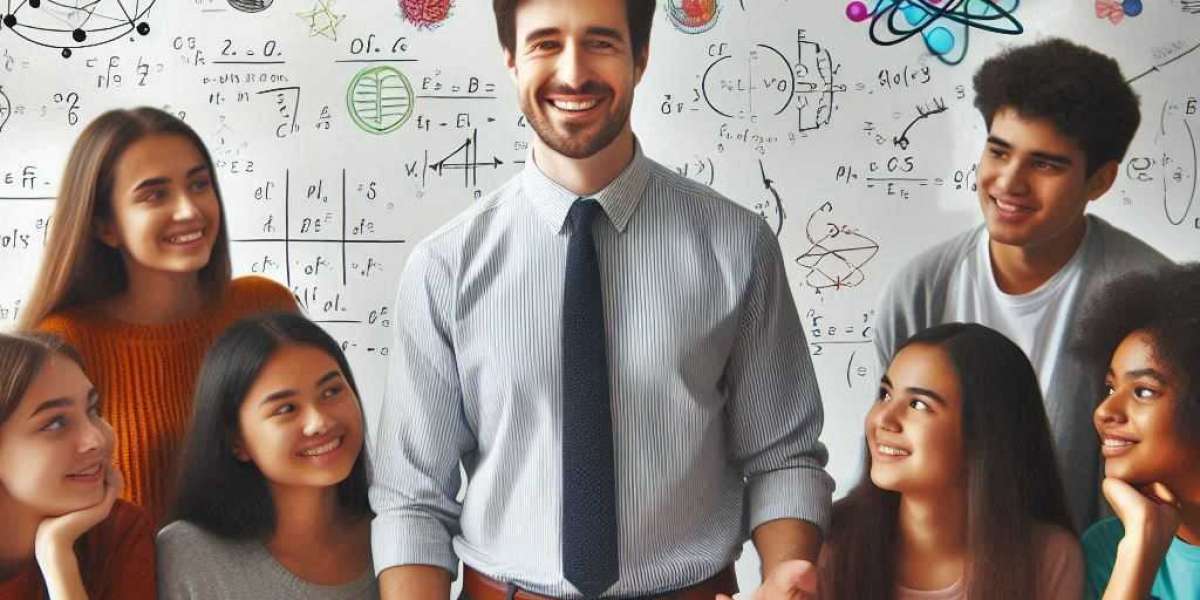Why Kinesthetic Learners Struggle with Standard Physics Teaching
Conventional physics instruction often relies on:
✖ Passive lectures
✖ Textbook-heavy theory
✖ Abstract equations without real-world connections
Kinesthetic learners typically:
✓ Understand concepts through physical interaction
✓ Remember experiments better than diagrams
✓ Struggle to stay engaged in static environments
Research Insight: A Journal of STEM Education study found kinesthetic learners improved retention by 42% when tutors incorporated movement-based techniques.
7 Hands-On Physics Tutoring Techniques
1. Interactive Demonstrations with Everyday Objects
Tutor-Approved Examples:
- Newton’s 1st Law:Slide a phone across a table to demonstrate inertia
- Circular Motion:Swing a bucket of water to visualize centripetal force
- Electrostatics:Rub a balloon on hair to show charge transfer
Pro Tip: Tutors keep a "physics toy box" with items like springs, magnets, and marbles.
2. Step-Through Problem Solving
Instead of watching tutors solve problems:
- Walk through equations physically:
- Place paper on the floor and step on each calculation step
- Use arm motions to represent vectors
- Build 3D models of word problems (e.g., inclined planes with books)
Kinesthetic Benefit: Embeds muscle memory alongside concepts.
3. Whiteboard Relay Races
How It Works:
- Tutor writes a problem
- Student solves one step, then hands the marker back
- Tutor corrects or continues
- Repeat until solution is complete
Why It Works: Adds movement between steps while maintaining focus.
4. Lab-Style Tutoring Sessions
For Topics Like:
- Projectile Motion:Measure actual ball toss trajectories
- Ohm’s Law:Build simple circuits with resistors
- Harmonic Motion:Time pendulum swings
Equipment Alternatives: Household items (rulers, rubber bands, stopwatches) work for budget-friendly labs.
5. Gesture-Based Concept Encoding
Proven Movements:
- Right-Hand Rules (Magnetism):Actually position hands in space
- Wave Propagation:"Push" imaginary pulses through the air
- Torque Directions:Twist body to mimic rotational forces
Study Result: Purdue University found kinesthetic gestures improved exam performance by 31%.
6. Physics "Charades" for Theory Review
How Tutors Implement It:
- Tutor writes concepts on cards (e.g., "conservation of momentum")
- Student acts them out without speaking
- Tutor guesses, then explains nuances
Example: Mimicking particle collisions with hand motions.
7. Walking Graphs
For Kinematics Practice:
- Tape an x/y axis on the floor
- Student walks position vs. time or velocity graphs
- Tutor discusses slope changes during motion
Advanced Version: Add acceleration by changing walking speed.
Finding the Right Kinesthetic Tutor
Key Interview Questions:
- "How do you incorporate movement into sessions?"
- "Can we do at least one hands-on demo per meeting?"
- "Do you use lab equipment or household items?"
Red Flag: Tutors who say, "Just sit and work through these problems."
DIY Between Sessions: 3 Tactile Activities
- Build a Rube Goldberg Machine
- Teaches energy transfers and mechanics
- Create a Physics "Scavenger Hunt"
- Find real-world examples of concepts (e.g., levers, friction)
- Use Modeling Clay for Atomic Structures
- Shape orbitals or wave functions
Success Story: From Fidgeting to Focused
"I couldn’t sit through traditional tutoring until I found an instructor who let me walk through problems. We measured projectile motion in my backyard and used skateboards to demonstrate impulse. My AP Physics score jumped from a 2 to a 4 in three months."
— Jason, High School Senior
FAQs About Kinesthetic Physics Tutoring
Q: Can hands-on methods work for advanced topics like quantum physics?
A: Yes! Tutors use bead-and-string models for string theory or role-play electron transitions.
Q: Do I need special equipment?
A: No—creative tutors use chairs, stairs, or sports equipment as teaching tools.
Q: How do online tutors accommodate kinesthetic learners?
A: They assign home experiments and use screen-sharing for interactive simulations.
Q: Is this style more expensive?
A: Not typically—though some tutors charge extra for lab materials.
Action Plan: Start Moving with Physics
- Assess Your Needs
- List 3 topics where you’ve struggled with static learning
- Gather Simple Tools
- Balls, string, measuring tape, whiteboard
- Find Your Match
- Search tutor profiles for "hands-on" or "active learning"
- Track Progress
- Note improvements in engagement and test scores
Final Thought
Physics governs everything from falling apples to galaxy rotations—it demands dynamic learning. A physics tutor skilled in kinesthetic methods can transform your understanding from passive to participatory.







